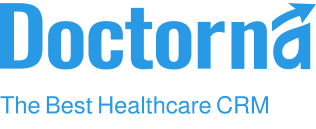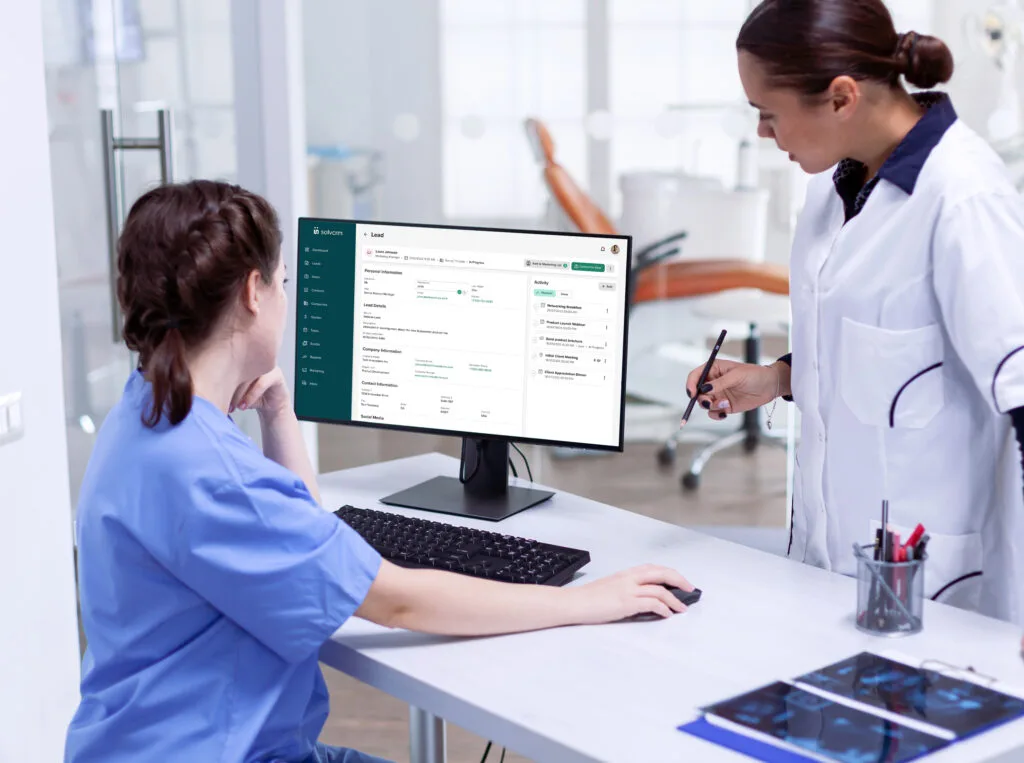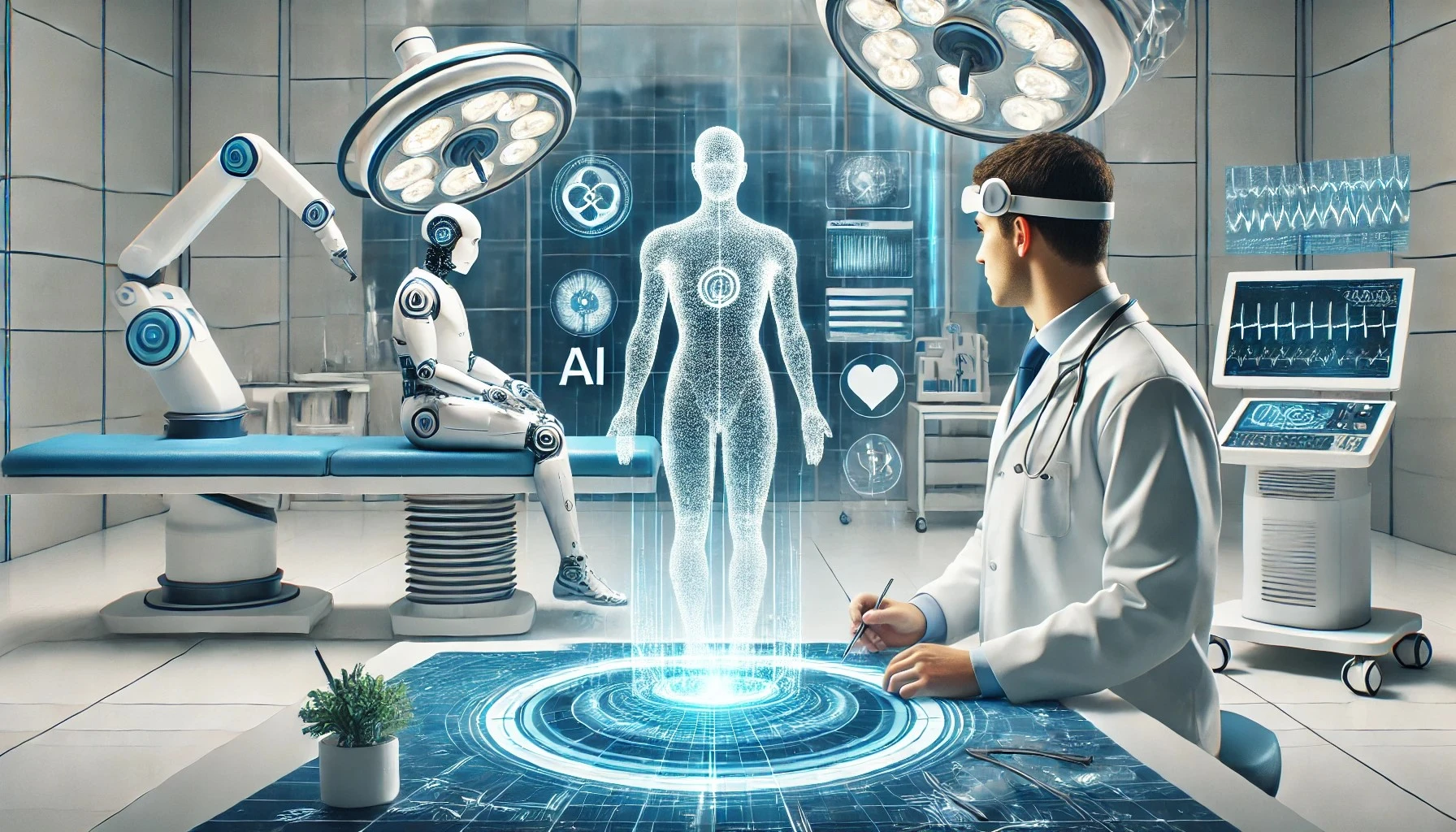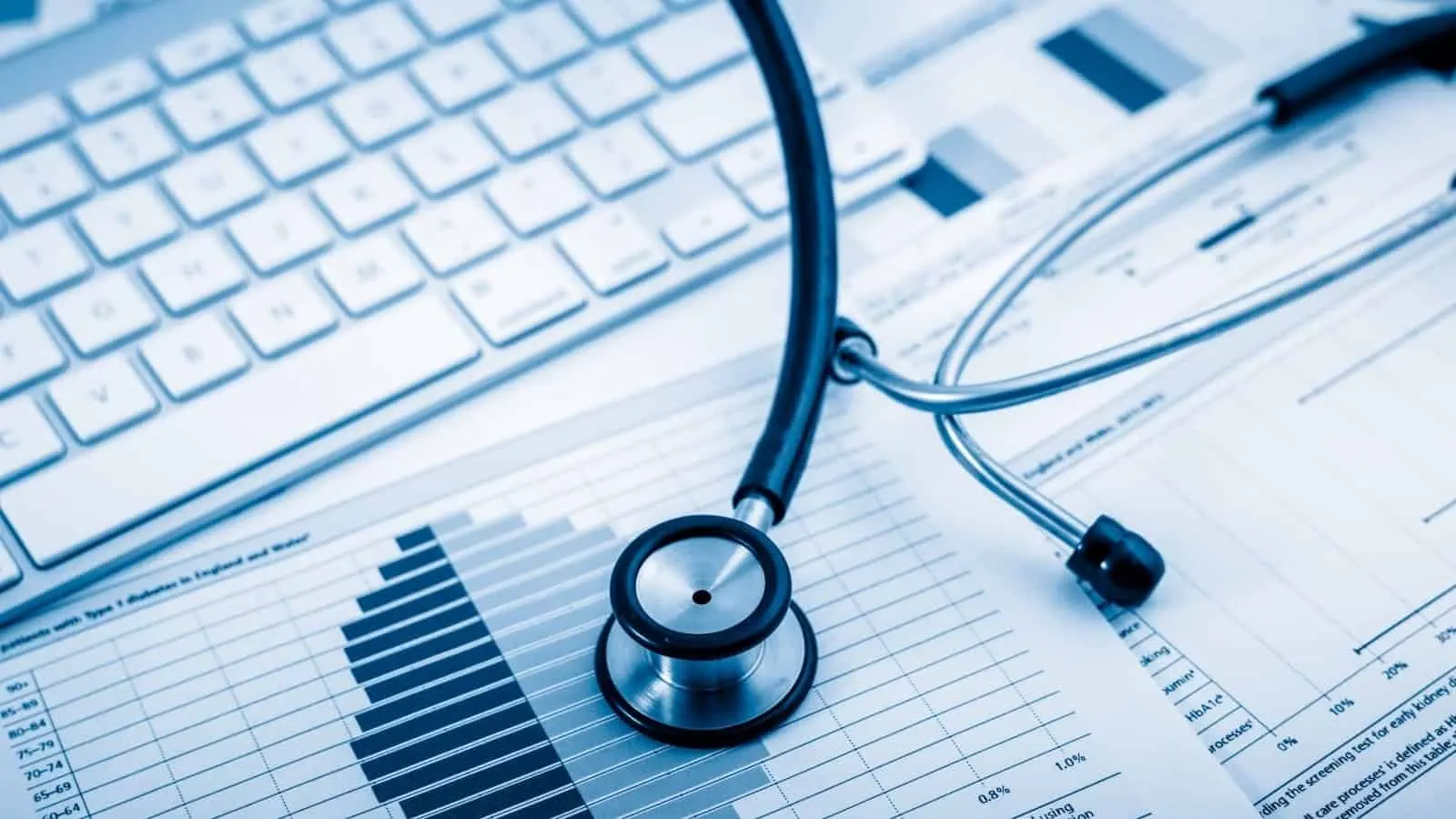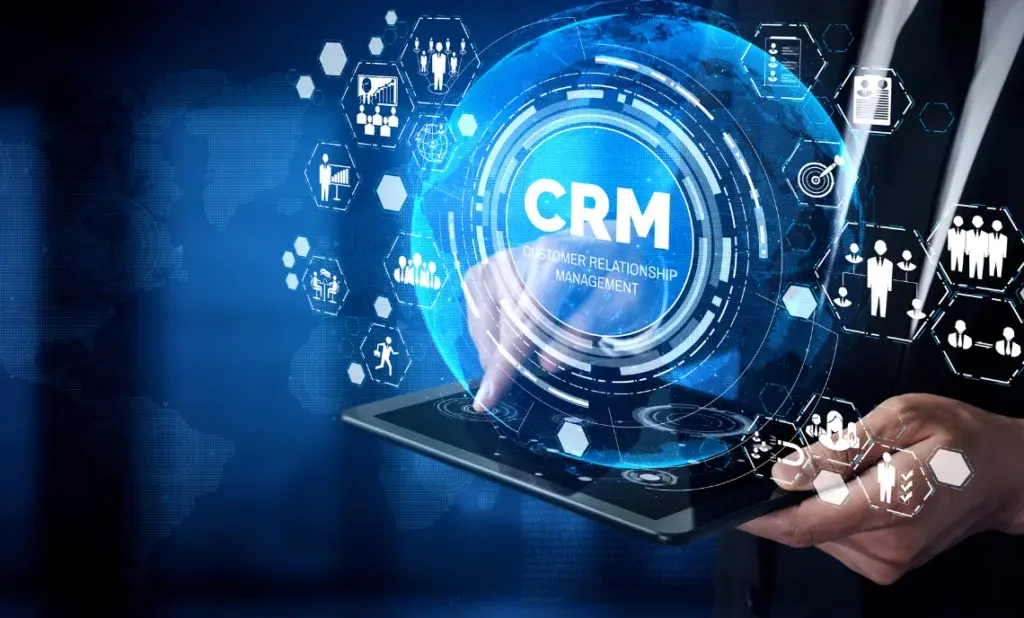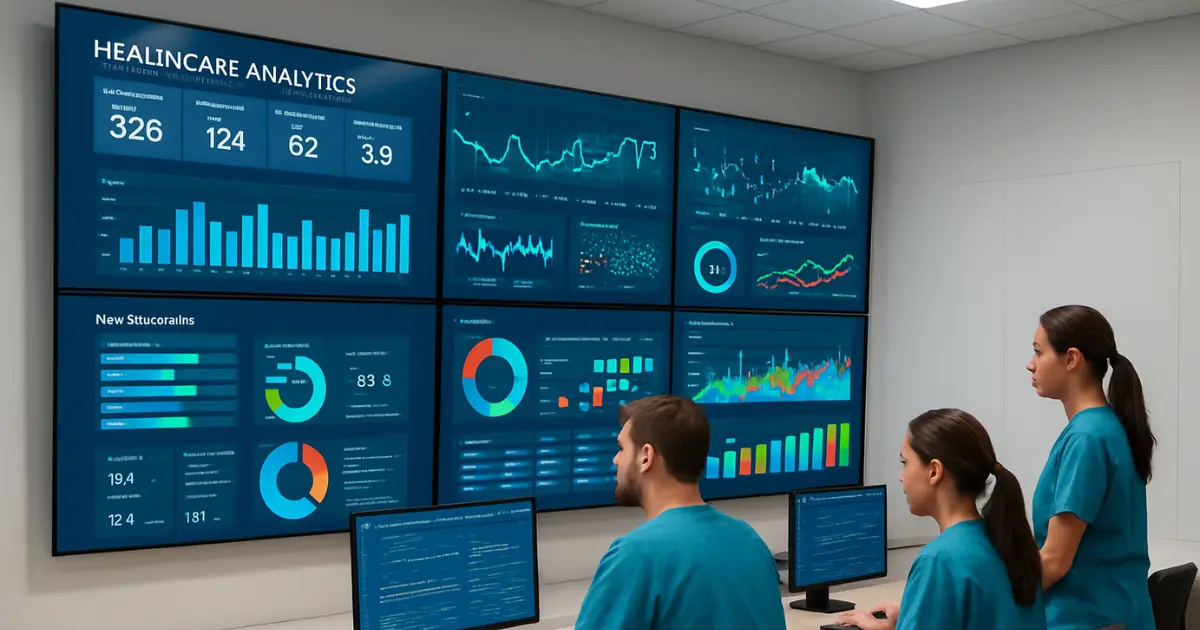In the modern healthcare ecosystem, data is everywhere — from electronic health records (EHRs) and patient portals to telemedicine apps and wearable devices. However, this data often lives in separate systems, creating silos that make it difficult to get a complete view of the patient journey. That’s where Healthcare CRM integration comes in.
A Healthcare Customer Relationship Management (CRM) system becomes truly powerful when it connects seamlessly with other platforms across clinical, operational, and marketing workflows. Integrating a CRM with other healthcare technologies allows providers to streamline processes, personalize care, and make data-driven decisions — all while improving the overall patient experience.
In this article, we’ll explore the key integration options available for healthcare CRMs, why they matter, and how they can transform patient engagement and organizational efficiency.
Understanding CRM Integration in Healthcare
Healthcare CRM integration refers to the process of connecting the CRM system with other software platforms to enable data sharing, automation, and unified communication. Instead of manually entering patient data into multiple systems, integration ensures that information flows automatically between tools such as EHRs, billing software, telehealth platforms, and marketing systems.
When integrated effectively, a CRM becomes the central hub of patient information, combining clinical data, communication history, and marketing insights into a single, unified view. This not only enhances efficiency but also helps providers offer more personalized, proactive, and compliant care.
1. Integration with Electronic Health Records (EHR) Systems
One of the most important integrations for healthcare CRMs is with Electronic Health Records (EHRs) or Electronic Medical Records (EMRs).
EHR systems store detailed clinical information — such as medical history, diagnoses, lab results, and prescriptions. By connecting the CRM with EHR systems like Epic, Cerner, or Allscripts, healthcare organizations can bridge the gap between clinical and non-clinical data.
This integration enables:
- Real-time updates of patient records across platforms.
- Personalized marketing or follow-up campaigns based on medical history.
- Improved care coordination between departments.
- Enhanced patient communication with up-to-date health information.
For example, if a patient’s EHR shows a recent diabetes diagnosis, the CRM can automatically trigger educational content, reminders for follow-up appointments, or a care plan discussion via email or SMS.
2. Integration with Telehealth Platforms
The rise of virtual care has made telehealth integration an essential component of modern healthcare CRMs. Integrating telemedicine platforms such as Zoom for Healthcare, Amwell, or Doxy.me allows organizations to synchronize patient appointment data, communication history, and post-visit follow-ups.
With this integration, providers can:
- Schedule and manage virtual consultations directly from the CRM.
- Send automated appointment reminders or post-visit surveys.
- Record patient preferences for online versus in-person visits.
- Analyze telehealth usage trends for better service planning.
This not only improves the patient experience but also helps healthcare marketers target the growing population that prefers digital-first healthcare services.
3. Integration with Billing and Financial Systems
Healthcare organizations must balance patient care with financial management. Integrating the CRM with billing, claims, and accounting systems such as QuickBooks, Kareo, or AthenaCollector ensures that patient financial data is always up to date.
This integration enables:
- Automated billing notifications and payment reminders.
- Tracking of outstanding balances and insurance claims.
- Streamlined financial reporting and forecasting.
For example, when a patient pays for a treatment, the CRM automatically updates the billing system, and vice versa — ensuring transparency and accuracy in patient communication.
4. Integration with Marketing Automation Tools
In an age where digital presence defines brand reputation, integrating healthcare CRMs with marketing automation platforms like HubSpot, Salesforce Marketing Cloud, or Mailchimp is crucial for patient engagement.
This integration helps marketers:
- Create segmented, personalized email campaigns.
- Track lead sources (social media, website, referrals).
- Measure campaign performance and ROI.
- Automate patient re-engagement or wellness campaigns.
For instance, when a patient books an appointment via a campaign link, the CRM records the source, updates the patient profile, and sends an automated thank-you message — creating a consistent and engaging experience.
5. Integration with Appointment Scheduling and Patient Portals
Patient scheduling systems and portals are the front lines of patient interaction. Integrating them with a healthcare CRM ensures that every appointment, message, and interaction is logged in real-time.
Through this integration, providers can:
- Manage bookings and cancellations efficiently.
- Send reminders, confirmations, or rescheduling options automatically.
- Track patient satisfaction through surveys post-appointment.
- Access patient communications from a single interface.
For example, when a patient reschedules an appointment through the portal, the CRM automatically updates their record, adjusts the follow-up reminders, and notifies the staff — all without manual input.
6. Integration with Wearables and IoT Health Devices
As digital health advances, IoT (Internet of Things) integration is becoming a game-changer. Devices like Fitbit, Apple Watch, or glucose monitors generate real-time health data that can be integrated into healthcare CRMs for better monitoring and proactive care.
This integration enables healthcare providers to:
- Track patient health metrics such as heart rate, blood sugar, and activity levels.
- Identify high-risk patients and intervene early.
- Personalize care plans based on real-world data.
For instance, if a wearable device detects abnormal heart patterns, the CRM can alert the care team or send the patient an automated message prompting a check-up.
7. Integration with Communication and Collaboration Tools
Efficient internal communication is essential in healthcare organizations. Integrating CRMs with collaboration platforms like Microsoft Teams, Slack, or Outlook ensures smoother coordination among staff.
This integration allows:
- Automated notifications for task assignments or patient updates.
- Centralized communication logs for better accountability.
- Seamless coordination between clinical and administrative teams.
Such collaboration tools help eliminate miscommunication and speed up response times — critical in patient-centered care.
8. Integration with Analytics and Reporting Platforms
Finally, connecting the healthcare CRM with data analytics tools such as Power BI, Tableau, or Google Data Studio enhances decision-making. These integrations turn CRM data into meaningful visual reports and predictive models.
Healthcare leaders can use these insights to:
- Measure patient engagement performance.
- Predict trends in patient visits or readmissions.
- Identify gaps in marketing or service delivery.
- Optimize resources based on data-driven forecasts.
By combining CRM data with business intelligence, healthcare organizations can make smarter, faster, and more strategic decisions.

Conclusion
A healthcare CRM is only as powerful as the systems it connects to. Integration creates a unified ecosystem where data flows seamlessly — eliminating silos, improving collaboration, and enhancing the patient experience.
From EHRs and telehealth platforms to IoT devices and marketing tools, each integration adds a new layer of intelligence and automation. The result is a healthcare organization that’s not only more efficient but also more patient-centric, data-driven, and future-ready.
In the end, healthcare CRM integration isn’t just about connecting systems — it’s about connecting people, care, and technology for better outcomes.
